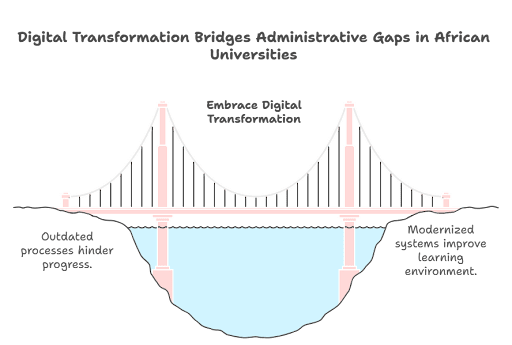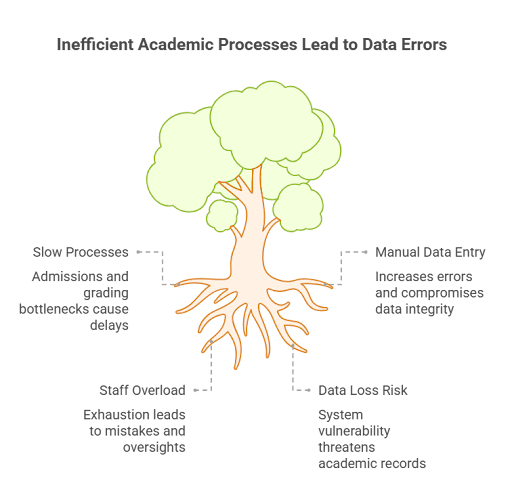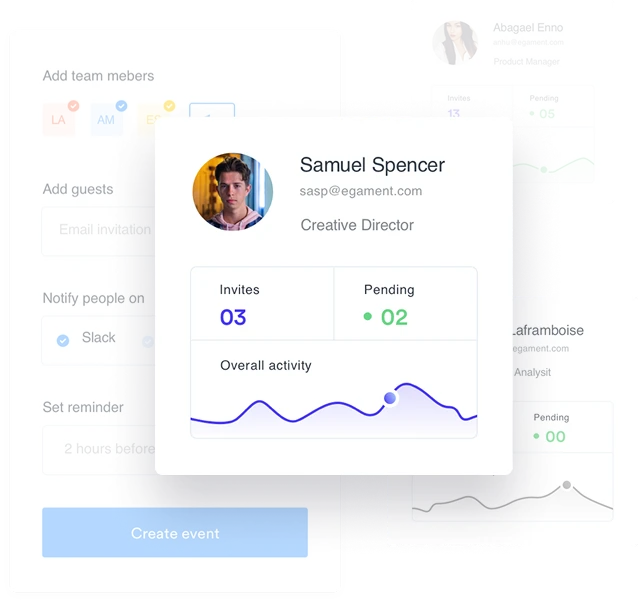
Higher education in Africa plays a pivotal role in shaping the continent’s economic, social, and technological development. Yet, despite its importance, many universities face persistent administrative inefficiencies that hinder their ability to deliver quality education.
Rising enrollment, outdated manual workflows, and limited funding compound these challenges, creating bottlenecks across admissions, student management, and academic operations. Consequently, institutions struggle to maintain operational efficiency while striving to improve the student experience.
Amid these challenges, digital transformation has emerged as a powerful solution. By integrating modern technologies such as cloud-based student information systems (SIS) and enterprise resource planning (ERP) solutions, African universities can streamline processes, reduce errors, and make data-driven decisions that support both administrators and students.
This blog explores the key administrative hurdles facing African universities and how digital transformation can help bridge the gap.

Many African universities continue to rely heavily on manual processes for admissions, grading, attendance tracking, and record-keeping. Paper-based workflows lead to slow processing times, frequent errors, and data inconsistencies. Staff members often spend hours on repetitive administrative tasks rather than focusing on strategic initiatives that could improve the institution’s overall performance.
These inefficiencies extend beyond staff workload. Students experience delays in registration, exam result publication, and access to academic resources, which can affect satisfaction and retention. Furthermore, the reliance on physical documentation increases the risk of data loss or damage, potentially compromising academic integrity. As a result, universities face reputational risks alongside operational challenges, highlighting the urgent need for streamlined, technology-driven solutions.
Infrastructure limitations and funding constraints are major obstacles to digital transformation in African higher education. While some universities attempt to adopt modern solutions, uneven internet connectivity and limited IT resources often make implementation difficult. Many institutions struggle to invest in sustainable, long-term IT infrastructure due to tight budgets, leaving them reliant on outdated systems that cannot scale with growing student populations.
Government and private initiatives, such as Kenya’s National Digital Master Plan, South Africa’s Higher Education ICT projects, and Nigeria’s TETFund reforms, aim to improve technology adoption across campuses.
However, progress is gradual, and institutions must find cost-effective ways to integrate cloud-based systems that can function reliably even in low-resource environments. Digital transformation, when implemented thoughtfully, enables universities to overcome these infrastructure and funding challenges, providing scalable solutions that reduce operational inefficiencies.
Another pressing issue in African higher education is faculty shortage. Increasing student enrollment across sub-Saharan universities has created significant gaps between teaching demand and available staff. Many faculty members are stretched thin, managing large classes and multiple administrative responsibilities simultaneously. This imbalance not only affects teaching quality but also increases the likelihood of errors in grading, attendance, and scheduling.
Data-driven planning is essential to address these challenges. With centralized systems, universities can analyze faculty workloads, optimize scheduling, and allocate resources more efficiently. By understanding trends in course demand, student engagement, and faculty capacity, institutions can make informed decisions that balance workloads and improve overall efficiency.
Bridging the Gap through Digital Transformation
Administrative inefficiencies in African universities are more than operational challenges—they directly impact student outcomes, faculty performance, and institutional reputation. Digital transformation is not merely a technological upgrade; it is a strategic approach to creating inclusive, efficient, and data-driven campuses.
Cloud-based student information systems like Academia SIS empower African institutions to centralize data, automate workflows, and optimize resources. By leveraging technology effectively, universities can overcome historical administrative hurdles, enhance governance, and focus on their core mission: delivering quality education that drives the continent’s development forward.

Experience Academia – Your partner in transforming campus operations, a trusted all-in-one ERP/SIS solution.
Get the latest insights, trends, and updates delivered straight to your inbox!
